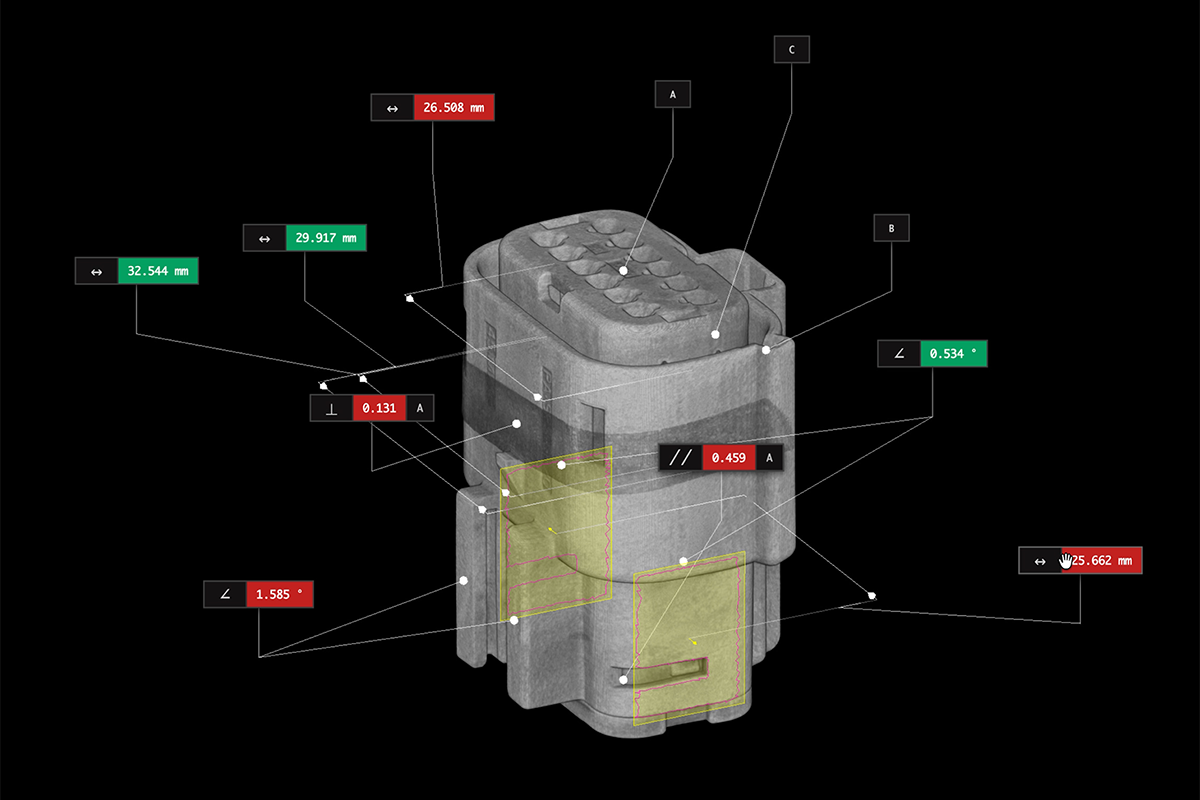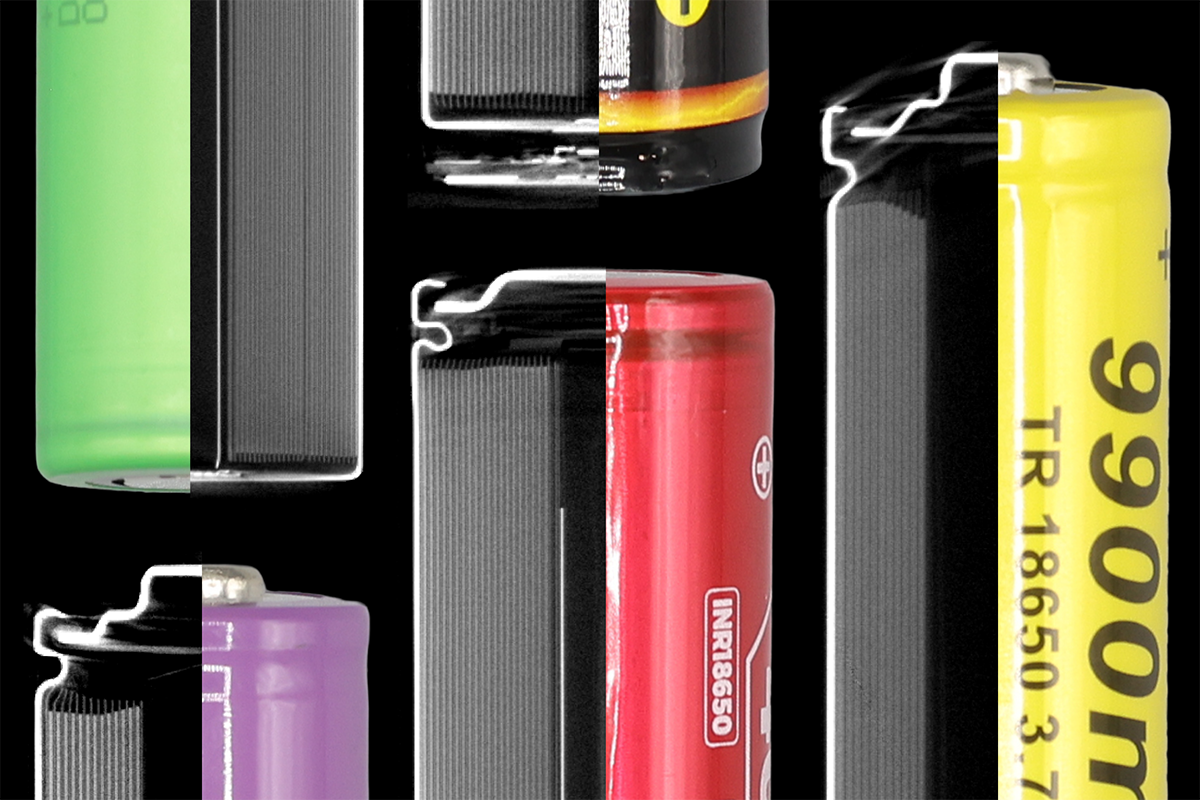Barbie's evolution
Barbie has done it all, including being put in our Neptune CT scanner.
Everyone recognizes this iconic doll, but there’s much more to Barbie than meets the eye. With our Neptune industrial CT scanner, we can see inside and discover just how complex the design of this toy really is. In our Voyager analysis software, we can distinctly point out the carefully chosen materials that make Barbie durable, flexible, and accessible.
Come see for yourself how this timeless doll is made using Lumafield’s X-ray vision.
Barbie now

Today’s Barbie doll consists of multiple types of plastics. The head is made of a hard vinyl compound, the arms are an EVA (ethylene-vinyl acetate), the torso is acetal covered by an elastomer, and the legs are PVC (polyvinyl chloride).
Our range mapper helps us differentiate the various densities of the doll. The harder plastics in the head, arms, and feet are indicated by the dense orange colors. On the other hand, the torso and flexible joints are made of lighter plastics and are shown in a transparent blue color. The legs are a more opaque blue, which tells us that they're made of a similar material to the torso and joints, but they’re fuller and more solid than Barbie’s body.
Barbie then
The first Barbies were made mainly of PVC, a type of plastic that when incinerated, produces hydrochloric acid, a chemical related to acid rain. New EU environmental laws in the 1980’s limited the amount and formulation of PVC that could be used in consumer products, including toys. This resulted in Mattel completely changing the materials of Barbie, either opting to use more recyclable plastic or safer formulas of PVC as shown in the newer Barbies.

The glow up
This side-by-side comparison of the vintage Barbie (left) and modern Barbie (right) shows this incredible transformation. The overall shape of Barbie also changed, her proportions becoming more realistic and anatomically correct. Even though this is a special Yoga Barbie with added flexibility, her more natural appearance, complex joints, and higher-quality materials show how far Barbie has come since 1959. Just in time for her new movie!
You can explore the modern Yoga Barbie's scan here and the vintage Barbie here.










